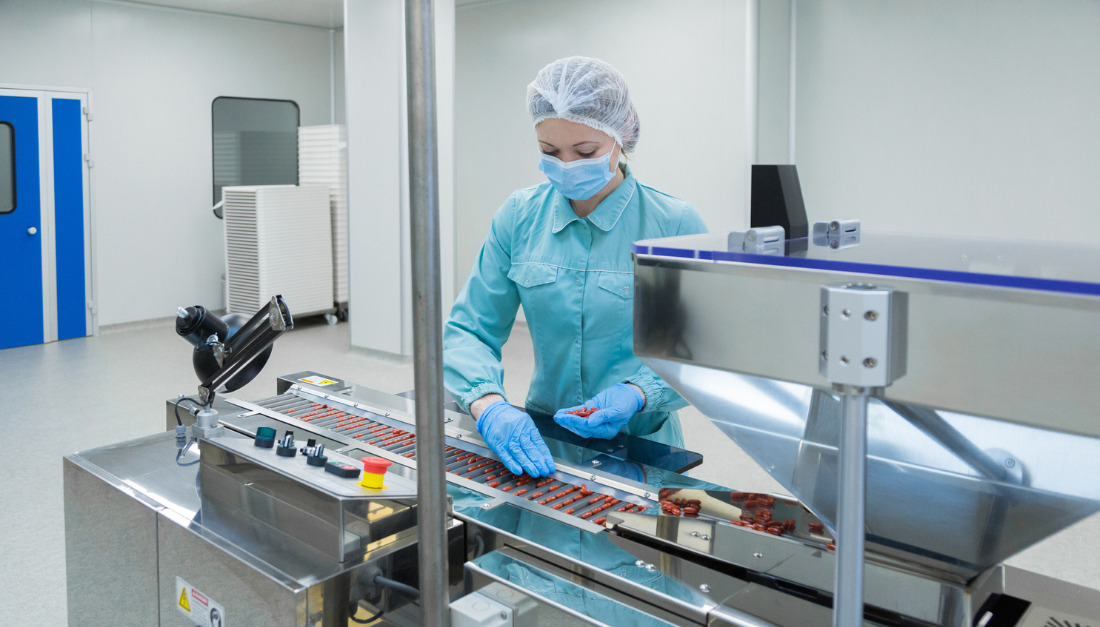Recently, industry leaders, regulators, academics, data partners, and patient advocates gathered in Washington, D.C., to discuss using real-world data and real-world evidence for regulatory decision-making. The discussion explored emerging analytical methodologies to address the challenge of mitigating sources of bias and confounding variables that come up in nearly all sources of real-word data.
PhRMA thanks all workshop participants for sharing their expertise and contributing to the productive and informative discussion.
What is real-world data (RWD)? What is real-world evidence (RWE)?
RWD is information related to patient health that is routinely collected and can come from a variety of sources. These sources can include data from electronic health records (EHRs), insurance claims, product/disease registries or novel data types such as those generated by a digital health technology in a home-use setting.
RWE is clinical evidence about a medical product that is developed through analysis and insights derived from RWD. RWE can be generated through different study designs and analyses, including large simple trials, pragmatic clinical trials, and prospective or retrospective observational studies.
How can RWE be used in drug development?
Although randomized-controlled studies remain the gold standard, RWE can have many potential applications throughout the drug development lifecycle, and only some of them are regulatory. RWE can be used by biopharmaceutical researchers to increase the efficiency of clinical trials such as by using it to understand the current standard of care for treating a disease, guide patient recruitment for a clinical trial, or give sponsors valuable information on how to design their trials.
The U.S. Food & Drug Administration (FDA) uses RWD and RWE to monitor post-market safety and can use RWE to make regulatory decisions about effectiveness in certain circumstances. RWE has already been used to support drug product approvals for oncology, where it would be unethical to assign a patient to a placebo control group, and in rare diseases, where it could be impossible to recruit enough patients for a randomized controlled trial.
What is unmeasured confounding, why does it matter, and how do we address it?
When sponsors want to use RWE to inform regulatory decision making, it is important for them to think carefully about potential sources of bias in their data and consider how to address them to ensure that the conclusions they make are appropriate.
Unmeasured confounding is a source of bias that happens when something affects both an exposure and an outcome and could account for an apparent observation, but that ‘something’ is never measured. Take stress during an eye examination as an example:
- Stress during medical examinations such as an eye exam can threaten the validity of assessments. Stress levels can distract or interfere with a patient’s ability to correctly call out symbols or letters. But patient stress may be attributed to a doctor’s level of experience as more experienced doctors could put their patients at ease. Since stress level during the eye exam is not measured in the study design, this begs the question as to whether stress or the provider’s experience/skill to put a patient at ease has affected the ability to obtain a valid assessment of their eyesight.
These variables inherently present many challenges for researchers, but advances in the development of analytical methodologies and a greater understanding of how to apply those sophisticated methods to RWD means that researchers will be better equipped to deal with the omnipresent challenge of mitigating the effects of unmeasured confounders in observational studies.
How will PDUFA VII advance the use of RWE for drug development?
Now more than ever, large and richer sources of data are increasingly available with the emergence of big data technologies and emergent commercialization of a wide range of data sources. This competitive data landscape from commercial and public sources has given rise to more and improved datasets, enabling researchers to choose the datasets that are appropriate and fit for purpose to answer their research questions.
The recent reauthorization of the Prescription Drug User Fee Act (PDUFA VII) will notably advance the next wave of innovative therapies and further the use of RWE for regulatory decision-making. As we continue to realize the full capabilities of RWE, PDUFA VII establishes a new pilot program to advance the use of RWE for regulatory decision-making, including for the approval of new indications or to satisfy post-market study requirements. The agency will be holding public workshops on RWE and issuing additional guidance documents. Furthermore, FDA will hold a public workshop and start two methods development projects on negative controls – an important analytical method that can be used to address unmeasured confounding.
Broadening the acceptance and use of the advancements in the exciting field of RWE will enable more efficient drug development. We look forward to partnering with stakeholders and engaging regulators to determine how best to apply insights from RWE to the benefit of patients and our health care system.
Learn more about PDUFA by clicking here.



